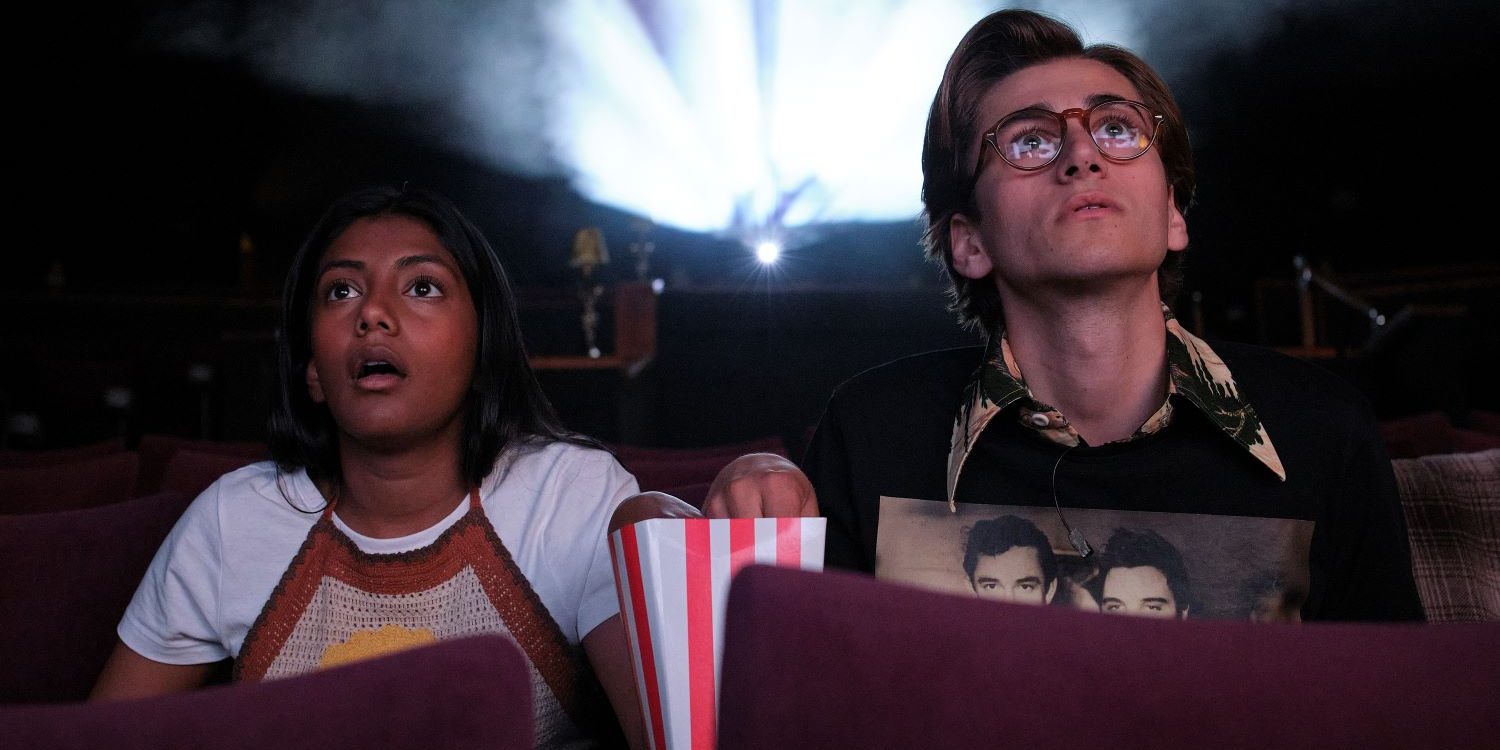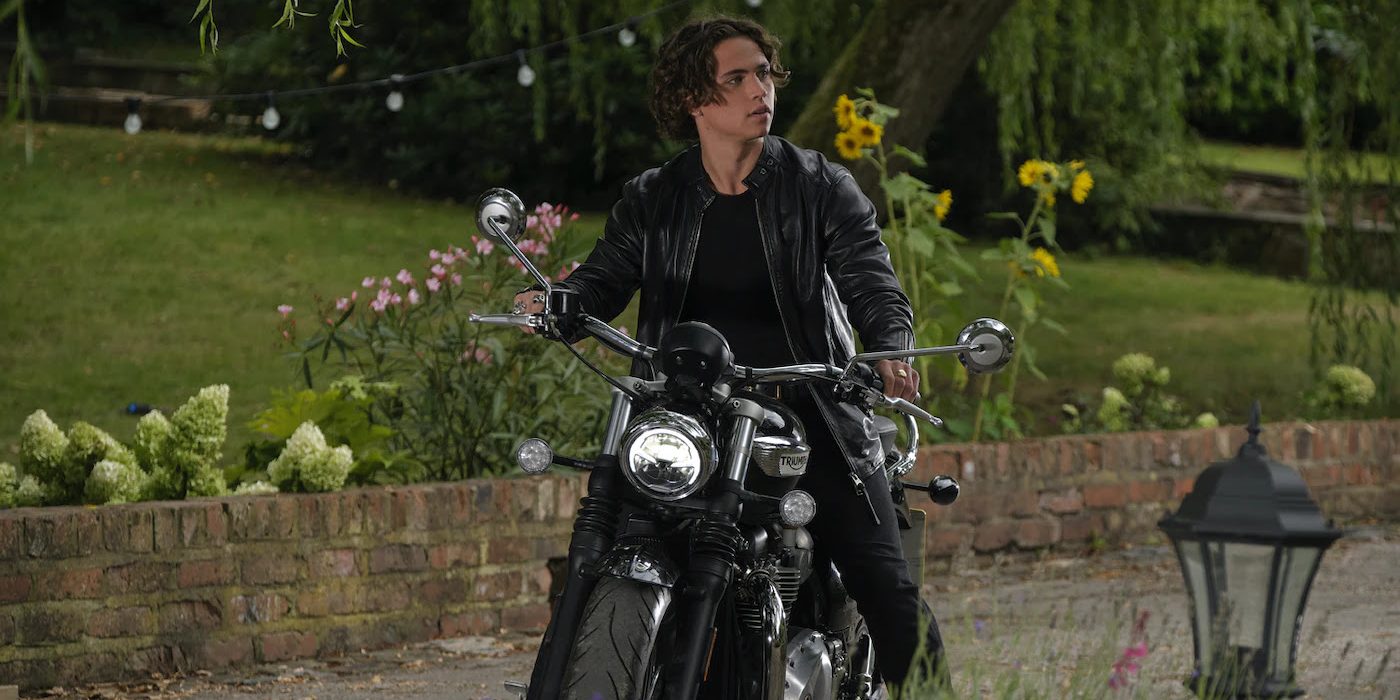Romantic comedies possess a unique ability to captivate audiences, often resonating deeply with viewers in ways that other genres typically don’t. They tap into universal emotions and sentiments, offering an experience that is relatable on some level to most people. Director Alex Pillai channels this sentiment in his film ‘How to Date Billy Walsh’ on Prime Video. Through this coming-of-age tale, told from the viewpoint of a young boy named Archie Arnold, Pillai captures the essence of a quintessential British romantic comedy in a refreshing style.
In the film, Archie finds himself grappling with unrequited love for his lifelong friend, Amelia Brown. Determined to finally confess his feelings, Archie’s plans are disrupted by the arrival of Billy Walsh, a charismatic American student whom Amelia immediately falls for. Seeing his chances with Amelia slipping away, Archie resolves to intervene and drive a wedge between her and Billy. Whether his plans will succeed or will he drive a wedge between himself and Amelia instead is the question that lingers. At the same time, viewers are left to ponder whether the filmmakers drew inspiration from real-life experiences to craft this tale of teenage longing and friendship.
Billy Walsh is Not a True Story But a Reflection of The Real World
According to the film’s writers, Greer Ellison and Alexander J. Farrell, ‘How to Date Billy Walsh’ was not inspired by personal stories or real-life anecdotes, whether their own or those of others. In an interview, Farrell explained that he and Greer spent two weeks in Northern Ireland immersing themselves in a marathon of teen flicks, aiming to approach the story freshly and uniquely. Their goal was to craft a narrative that had never been explored before. After completing the script, they felt they had created something truly spellbinding.

Describing the feeling, Farrell said, “I guess sometimes, you know, when you’re writing a script, there’s magic. It’s just in the air. It’s on the paper. It’s in the room. It’s in the ideas. It’s in the paint you’re throwing and we just knew this one was special. It was really quick between conceptualizing it and it being greenlit. I just remember opening the door and screaming when we got the call.”
The film’s portrayal of modern times is evident primarily through the diversity of its cast, encompassing various ethnicities, sexual orientations, and other facets of identity. Charithra Chandran, who plays the character of Amelia Brown, underscored these efforts and emphasized on the importance of such creative decisions. The characters, representing individuals often underrepresented in mainstream cinema, transcend their identities, with their significance not limited to their background or romantic preferences. This authentic and honest depiction is essential in reflecting the realities of our global society and signifies a positive stride towards inclusivity and representation.
The film also delves into various other aspects of modern society. One notable example is depicted through Archie Arnold’s attempt to separate Amelia from the new school heartthrob, Billy Walsh, by adopting a fake online persona. Assuming the identity of an 80-year-old “love doctor” whom Amelia seeks advice from, Archie resorts to using a voice-altering app to maintain his disguise. This instance sheds light on the pervasive issue of phishing and the risks associated with online deception, which are prevalent concerns in today’s digital age. It also offers a reflection of contemporary societal challenges and the difficulties of navigating relationships in a technologically driven world.
Furthermore, the genuine chemistry exhibited among the cast members, including the lead actors, contributed significantly to the film’s success. A key factor in fostering this camaraderie was the decision to shoot half of the film in the picturesque countryside of northern England. This setting provided an opportunity for the cast to bond and connect on a deeper level, away from the distractions of urban life. The isolated environment facilitated the development of authentic relationships, which ultimately translated seamlessly onto the screen.
It is the genuine portrayal of real-life reflections that lends authenticity to the film. The dedication and hard work of both the actors and the crew behind the scenes are palpable, resulting in a cinematic world that feels hyper-realistic yet deeply grounded in relatable human experiences. By infusing the narrative with representations of real-world problems, the film prompts viewers to reflect on their own lives and the broader societal issues at hand.
Read More: Good Teen Movies on Netflix


You must be logged in to post a comment.